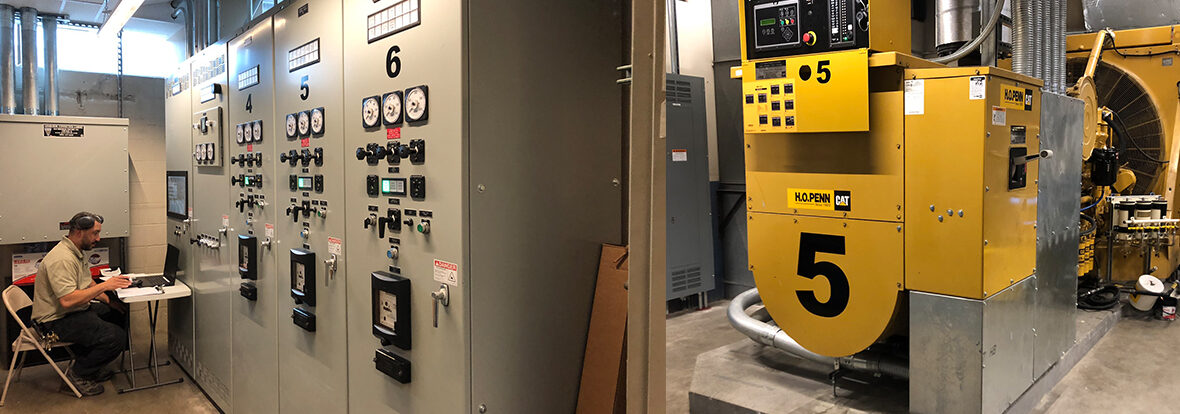While it is mandatory for hospitals to have an emergency power system, there is a renewed emphasis on preparing for extended outages and verifying that the standby power system is connected to and powering the facility’s most critical loads. This critical focus is especially important if the healthcare facility is older and may have several independent emergency standby power systems located in different areas that were added as the facility expanded.
Gilbane Building Company and its design-build partner, Facilities Engineering Associates (FEA), recently completed the emergency power systems upgrade project at St. Mary’s Hospital in Waterbury, Connecticut. The scope included the decommissioning and removal of three undersized and antiquated generators, as well as replacement of obsolete paralleling gear, substations, and switchgear. The upgraded system consists of two new 1.25MW generators, new paralleling gear, and substations.
Any upgrade to emergency and critical power systems requires a meticulously-choreographed strategy among facilities staff, clinical personnel, design engineers, and the construction management team. This is not your everyday upgrade where someone simply unplugs one system and soon thereafter plugs in the new equipment. The success of these significant systems relies heavily on a team’s ability to clearly understand the hospital’s most critical needs and develop plans that maintain these services during switchovers. Communicating these plans to all project stakeholders in the form of efficient and economical solutions will ensure seamless patient care. It is imperative that project teams have a certain level of expertise to execute detailed load verifications on old panelboards. This necessary proficiency allows the project team to then effectively communicate and understand how outages impact clinical staff. The ultimate goal is to position all hospital personnel to uphold their core mission of ensuring patient safety and the continuity of providing unmatched care to the community.
Gilbane’s years of experience providing preconstruction and construction services within the healthcare marketplace, coupled with the expertise of its partner GRS Reconstruction Services in helping companies be proactive in their approach to emergency preparedness and disaster recovery, is reshaping how we approach critical programs in these sensitive environments. The emphasis on improving emergency power solutions for facilities like St. Mary’s is a vital step to enabling institutions to provide a seamless delivery of patient care.

